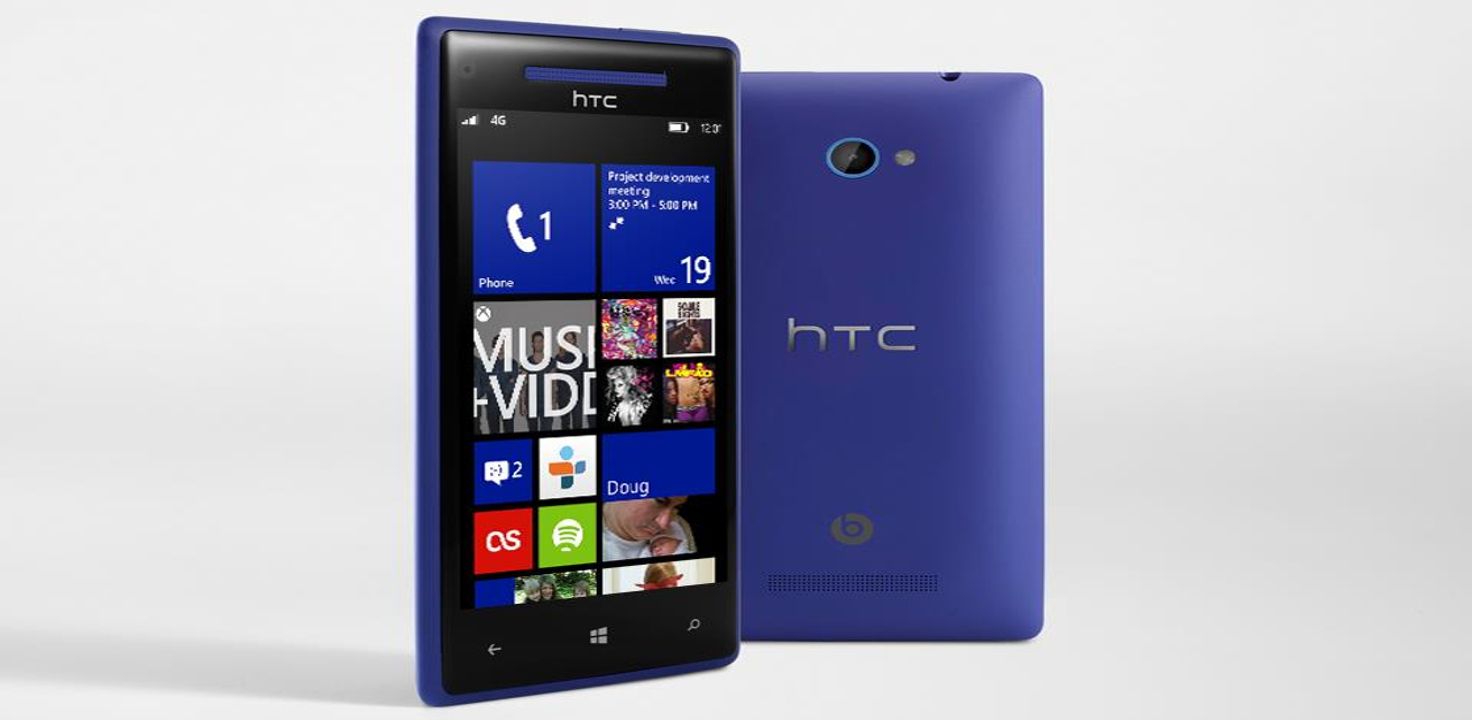Microsoft's spirited sojourns into mobile development haven't exactly been slam dunks, bogged down with middling design choices and failure to adapt in a competitive market. It wasn't exactly a fair fight; Google and Apple are (for the most part) completely dedicated to mobile development and can, therefore, devote the necessary time and resources. Microsoft was in the opposite position, a front-runner in PC development that was also busy co-running the console gaming industry with the Xbox. How on earth could the company possibly keep up with the high-pressure mobile industry on top of everything else?
Microsoft, Nokia, and even Blackberry were fighting against the tide by the mid-2010s, failing to keep up with Android and Apple, whose fierce rivalry drove mobile development to new heights. Support for the final Windows Phone has long since concluded; it is interesting to consider why Microsoft's early mobile devices flopped and whether giving up so soon was a good idea for the general public.
Microsoft's initial methods for developing mobile devices weren't great in terms of ergonomics, with the chief example being Windows Phone 7. Microsoft implemented the Metro design philosophy, a flat, square, and segmented style that utilized tightly packed icons that filled the entire screen, a far cry from the uniform icons you saw on Android and iOS devices. The overbearing interface, coupled with the phone's cramp-inducing size (of the time), made the device extremely uncomfortable to hold and use. The interface also frequently suffered from text cut-off, with certain application titles appearing to be half missing. The Metro methodology represented Microsoft's overarching desire to couple its Windows 10 PCs and phones, making its interface designs as static as possible.
Unfortunately, what works for mouse controls will not always work with a touch interface, resulting in Windows Phone 7 feeling very clumsy. There was also an ominous absence of apps available for Windows Phone 7 at launch. The library was slim, and there were strange omissions even after the store bulked up. Instagram and Google Maps not being accessible, even for a limited time, won't spell success in a market where everyone else can and does offer such apps.
The fall of the Windows phone was not a good time for Microsoft, following a shaky alliance with Nokia and a boatload of redundancies. It's pretty clear to us why the Windows phone didn't work out, and Microsoft's choice to scrap it is completely understandable; it wasn't the technological hill the company wanted to die defending. But there's a pretty good chance that Microsoft's users could have benefited from the mobile projects sticking around.
Sure, the Windows phone was flawed, but it still provided a half-decent template for a quality piece of hardware, and the scope of what the mobile industry is capable of has innovated significantly since. Many of Microsoft's core design aims for the Windows Phone have become standard features on our Android and iOS mobile devices, including seamless connectivity with PC devices and easy access to Microsoft's most popular services from a single hub. Continued development could have exploited these innovations to make the Windows Phone a mainstream commercial success.
Microsoft would also have been able to address the problems plaguing the hardware and software of their flagship mobile device. The harsh rectangular design of the Windows phone turned out to be pretty ahead of its time, as this template would later become the default setting for smartphones even to this day; a few slight adjustments could have made it less painful to use. The metro style has since been scrapped in favor of a more elegant design that prioritizes simplicity and user feedback, where the Windows Phone's ergonomics could have benefitted from this intuitive design change. It wouldn't be difficult to implement these changes in a mobile device, especially when other big players in the mobile market have done it so elegantly.
A quality Microsoft mobile device could have been popular during the pandemic, given the increased reliance on remote work and Teams communication. Reliable sync options with Windows laptops and PCs would have been ideal for working while social distancing, even with simple things like having the choice to attend online meetings using either your phone or PC. This was also a time when Microsoft’s rival Sony was facing controversy for bringing out both its prohibitively expensive PS5 and infamously over-priced mobile devices. Providing a quality mobile option for Microsoft fans that didn’t cost the earth would have been a flourishing success.
Ultimately, while Microsoft's choice to scrap its phone development after the Windows Phone's downfall made sense at the time, a little patience on its part could have massively paid off, given the huge jumps mobile technology would take only a few years later. Sony would also have benefited from having its rival provide quality mobile products that could have forced it to improve and innovate on its own products more urgently. The progress spurred by this competition could have produced some truly amazing technology for mobile users, probably even greater than the rivalry between Android and Apple.
"Smartphone" - Google News
November 23, 2023 at 09:00PM
https://ift.tt/lGEvxdW
Microsoft abandoning smartphone development made sense at the time, but was it a mistake? - Android Police
"Smartphone" - Google News
https://ift.tt/cGk8ohM
https://ift.tt/HywA4tf
Bagikan Berita Ini

















0 Response to "Microsoft abandoning smartphone development made sense at the time, but was it a mistake? - Android Police"
Post a Comment